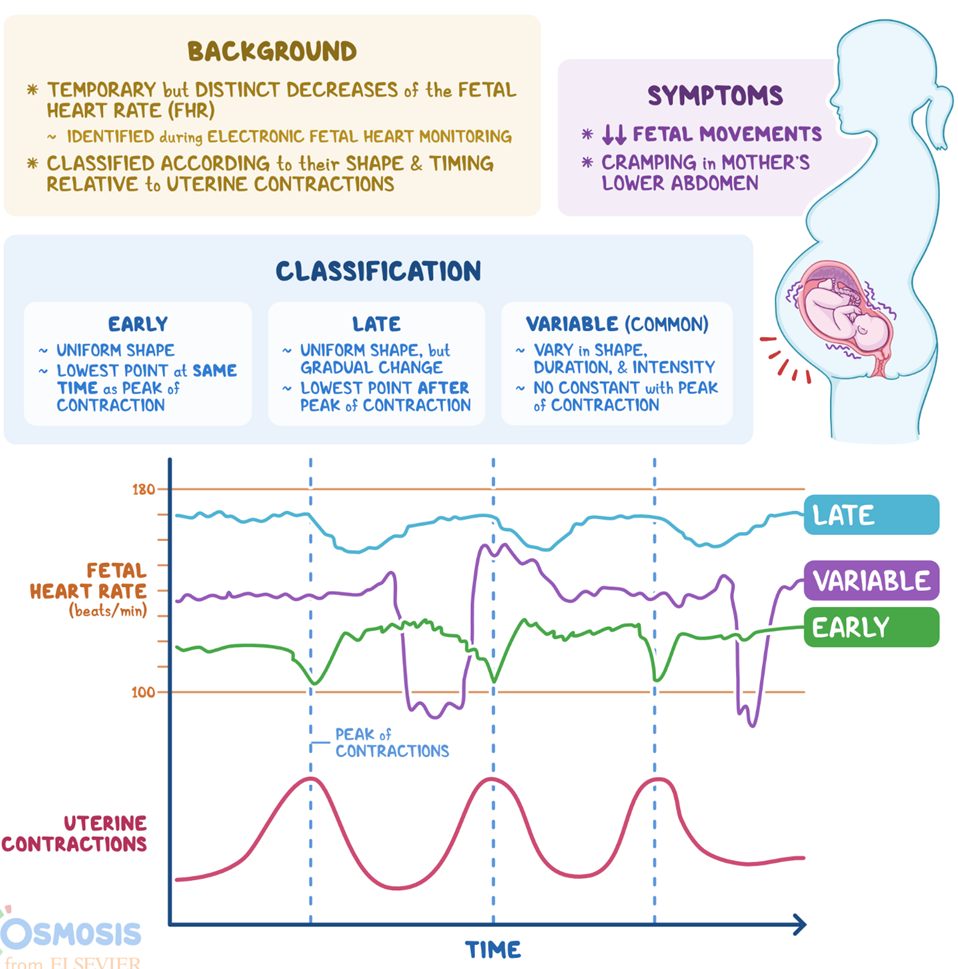A nurse is caring for a newborn who was transferred to the nursery 30 min after birth because of mild respiratory distress. Which of the following actions should the nurse take first?
Confirm the newborn's Apgar score
Verify the newborn's identification.
Administer vitamin K to the newborn.
Determine obstetrical risk factors.
The Correct Answer is B
Choice A Reason:
Confirming the newborn's Apgar score is important for assessing the newborn's overall condition, but it may not be the first priority.
Choice B Reason:
Verifying the newborn's identification is appropriate. Ensuring accurate identification is a crucial step in newborn care to prevent errors and ensure that interventions are carried out on the correct infant.
Choice C Reason:
Administering vitamin K is a standard practice but can wait until after the newborn's identification is confirmed.
Choice D Reason:
Determining obstetrical risk factors is part of the overall assessment but is not the immediate priority in this situation.
Nursing Test Bank
Naxlex Comprehensive Predictor Exams
Related Questions
Correct Answer is A
Explanation
The correct answer is A. Decreased platelet count.
A. Decreased platelet count: ITP is characterized by a decreased platelet count. It is an autoimmune disorder where the immune system attacks and destroys platelets, leading to a reduction in the number of circulating platelets.
B. Increased erythrocyte sedimentation rate (ESR): ITP is not typically associated with an increased ESR. ESR is a marker of inflammation, and ITP is primarily a disorder of platelet destruction rather than inflammation.
C. Decreased megakaryocytes: ITP is often associated with normal or increased numbers of megakaryocytes in the bone marrow. Megakaryocytes are the precursor cells for platelets, and their increased presence indicates that the bone marrow is trying to produce more platelets to compensate for the destruction occurring in the bloodstream.
D. Increased WBC: ITP primarily affects platelet counts and does not necessarily lead to an increased white blood cell (WBC) count. The primary concern in ITP is the risk of bleeding due to low platelet levels.
Correct Answer is D
Explanation
The correct answer is D. Variable decelerations.
A. Accelerations in the fetal heart rate are generally considered reassuring. Accelerations are an indication of fetal well-being and are often seen in response to fetal movement.
B. Early decelerations are typically associated with head compression during contractions and are considered a normal response to the pressure on the fetal head.
C. Late decelerations are indicative of uteroplacental insufficiency.
Late decelerations occur after the peak of the contraction and are associated with inadequate oxygenation to the fetus. This pattern raises concerns about the baby's well-being.
D. Variable decelerations are associated with umbilical cord compression.
Variable decelerations are abrupt decreases in the fetal heart rate that vary in duration, depth, and timing. They often coincide with contractions and suggest compression or occlusion of the umbilical cord.

Whether you are a student looking to ace your exams or a practicing nurse seeking to enhance your expertise , our nursing education contents will empower you with the confidence and competence to make a difference in the lives of patients and become a respected leader in the healthcare field.
Visit Naxlex, invest in your future and unlock endless possibilities with our unparalleled nursing education contents today
Report Wrong Answer on the Current Question
Do you disagree with the answer? If yes, what is your expected answer? Explain.
Kindly be descriptive with the issue you are facing.
